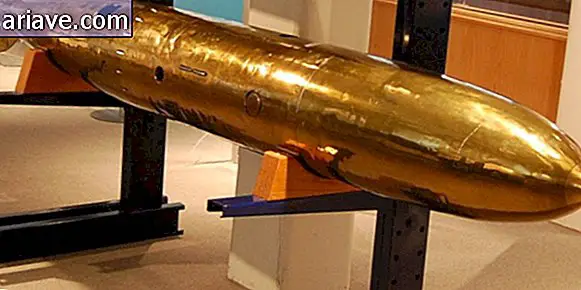5 Unique Types Of Black Holes That Exist In The Universe
Here at Mega Curious you can find many stories about black holes that are basically species of cosmic monsters whose gravity is so - so - absurdly strong that nothing, not even light, can escape them.
According to the Space website, these exotic objects are often at the heart of the galaxies they inhabit, and can come in a wide variety of shapes and sizes. So, dear reader, how about meeting five of the most unique?
1 - Supermassives

Scientists believe that in the center of almost all galaxies there are giant black holes with masses millions - and even billions - times larger than our Sun's. Examples of these supermassive monsters are those found in the centers of galaxies NGC 3842 and NGC 4889, located 320 and 335 million light-years from us, respectively.
The cosmic "troglodytes" out there have masses more than 9.5 billion times greater than the Sun's, and their event horizons - the point from which they can no longer escape the clutches of black holes - have an equivalent distance. about five times the distance between the sun and Pluto!
Just to give you a basis for comparison, the black hole in the center of the Milky Way is 2, 500 times smaller than the ones described above, and your event horizon is 1/5 of the distance from orbit. Mercury.
2 - Super Compact

And since we're talking about supermassive black holes, why not mention the smallest thing we know of? Called IGR J17091-3624, it is a "hole" less than three times the mass of our Sun, ie theoretically it has the minimum mass needed to be stable.
However, that does not mean that this super compact object is not scary! With winds that can reach 32 million kilometers per hour, the IGR J17091-3624 is 10 faster than any other star mass black hole ever observed.
3 - Super Old Man

The oldest black hole ever discovered is called ULAS J1120 + 0641 and formed about 770 million years after the Big Bang - the event that gave rise to the universe and which scientists believe occurred 13.7 billion years ago. This object is considered a puzzle to researchers, as they cannot understand how a black hole 2 billion times the mass of our Sun could have formed so soon after the big explosion.
4 - Super Hungry

If black holes are able to “swallow” anything that comes close to them, including light, that means they can also devour other black holes. And it's not that recently scientists have caught one of these cannibals in action! The feast took place in a galaxy called NGC3393, involving two objects, one about 30 million times the mass of the Sun, and another about 1 million times the mass of our star.
5 - Wanderers

When collisions between galaxies occur, it is possible that black holes will be pushed out of them and will freely roam the universe. The first object of its kind to be discovered by scientists was named SDSSJ0927 + 2943 and probably has a mass 600 million times larger than our Sun's.
Astronomers also believe that this black hole travels at a speed of 9.5 million kilometers per hour, so it is best to hope that it does not resolve to “wander” here from the sides of our Solar System!











